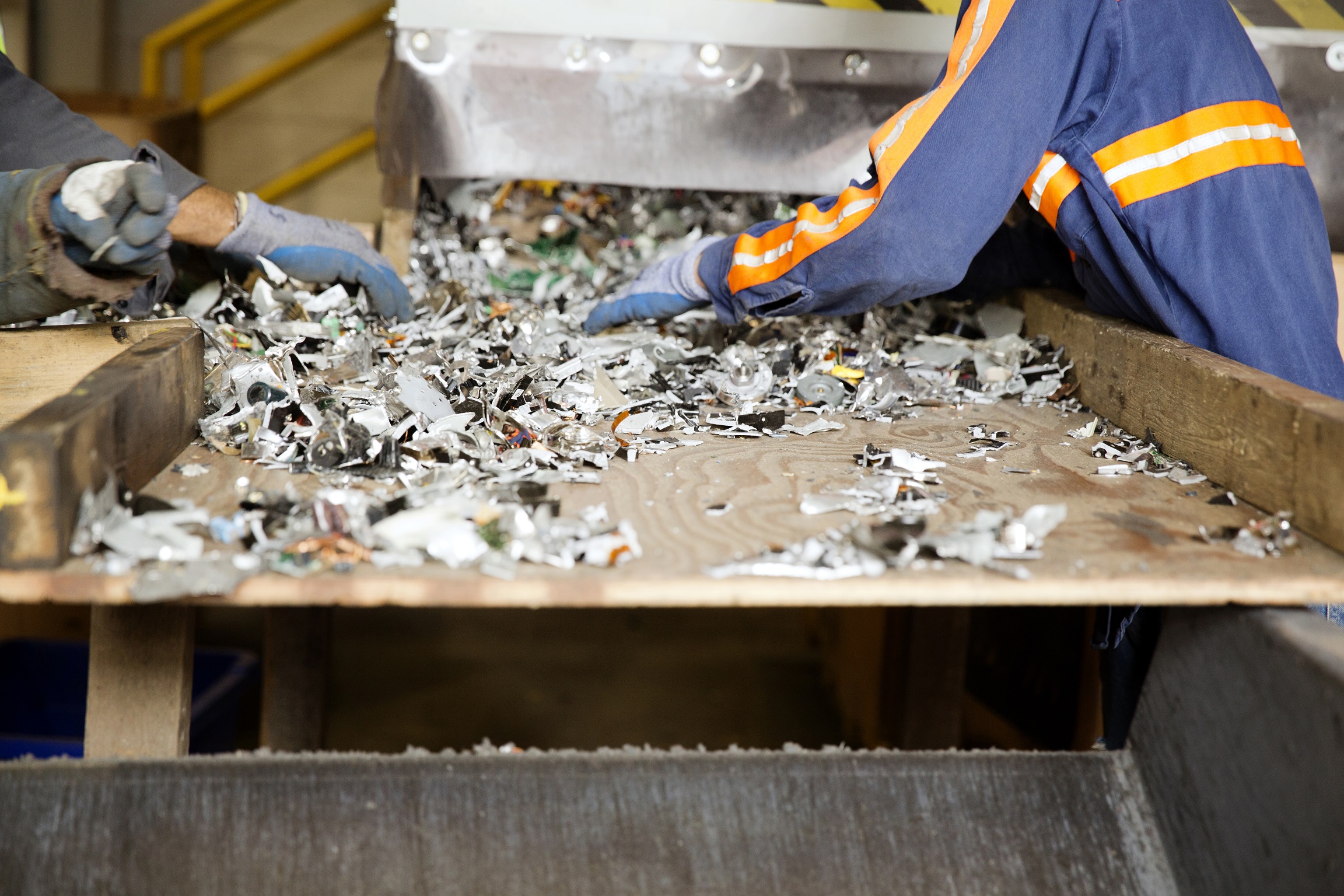
Waste management is a messy business. Nevertheless, it is a reality that we have to address as a consequence of human consumption. Consumption, that is only growing with each passing year.
As a byproduct of this growth, we produce an immense amount of waste. India alone generates 62 million tons of waste each year. With easily half of that being unceremoniously dumped in landfills without proper treatment.
In fact, out of all the waste produced, barely 12 million tons or less than a quarter gets any sort of treatment. If we are to handle the health, hygiene, and environmental issues of this country. We must be ready to do a lot more than that.
One thing we can do is invest in proper waste management. All governments operate state-funded waste management facilities. With a large network of semi-organized private sector individuals and enterprises supporting them.
These waste management plants handle the collection, sorting, and recycling of waste. It is often done in a single facility, with separate areas for different waste materials. Here is a look at all the different steps involved in that process.
This is the beginning of the waste disposal journey, as the waste departs from our homes and offices. This waste is often collected by low-wage laborers and/or municipal garbage collectors. Who transport the waste to various facilities for processing.

While the government collectors only collect and transport the garbage. The private laborers also sort through it all to collect items for recycling.
This not only gives them an additional source of income. But also helps increase the amount of waste that is essentially saved from the landfills.
What happens if we stop treating our wastewater?
Once the waste materials reach the collection centers they are then sorted. This process is pretty labor-intensive and uncomfortable considering the material in question.
The pickers separate the big items, which consist of mostly inorganic materials. Like plastic products, paper, branches, and debris, among others.

These materials can be further processed for recycling and reuse. This is also where individual rag pickers come to sell the materials they have collected.
The rest of the waste is then sent to an automated sorting chamber. Where a giant magnet helps separate the smaller bits of metal from the waste.
Some facilities even use advanced techniques like slurry or suspension electrolysis. To separate metals and non-metals from electronic waste like circuit boards.
Depending on the purpose of the facility, there can be a variety of other supporting machines. Some that can be fine-tuned to separate materials that are as large as 50mm. While others grind up the bigger pieces to bits for easier storage.
All these steps are necessary to get as much usable waste from the whole. So that the rest of the leftover organic waste can be then prepared for composting.
Composting is the natural process of recycling organic matter. And turning it into valuable fertilizer that can enrich soil and plants.
It is a vital step of waste management since easily a third of all waste produced is organic matter. If left untreated, this matter gets buried under other trash.

This cuts off the oxygen supply to the decomposing matter. Essentially forcing it to go through anaerobic decomposition. This process releases carbon dioxide and methane into the atmosphere.
By composting this organic waste separately, waste management plants prevent those emissions. As well as create fertilizer that can be then sold for extra income.
Some facilities even use anaerobic digesters to deliberately produce biogas. Which can be then used as an alternative fuel.
In the next step, inorganic materials that were initially separated are then recycled. This process involves separating all materials by category, like paper, plastic, bottles, etc.
Paper and plastic bags can be further compressed to decrease their size for storage. The bottles can either be just stored as is, or chopped down to smaller bits.
These materials are then shipped off to other facilities for reuse in a variety of products. The metallic parts are often melted down to create usable chunks.
The problem with waste is that not everything is reusable. Moreover, certain materials are too harmful to be simply left in landfills.
This is why certain facilities focus on storing such toxic materials. This can include anything, from industrial chemicals to weapons, or even nuclear waste.
Main Principles That Govern Waste Management Policy
Once this final precaution is done, the leftover waste is then disposed of in landfills. These areas can be easily found in the outskirts of most towns and cities. These facilities also range in size depending on the population size.
Some are basic enclosed structures that use dugouts to hide the garbage out of sight. While others are massive garbage heaps the size of small hills. One such mountainous range can be easily seen at the northern entrance of Delhi.
Most landfills have some sort of staff to handle the continuous influx of garbage trucks. Unfortunately, there is still a deficit of such comprehensive infrastructure across the globe.
Especially in developing countries like India. Where a large percentage of the population still doesn’t get waste management services. We need to invest in these facilities if we want to leave a clean planet for our future generations.
Leave a Reply